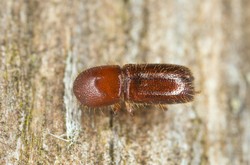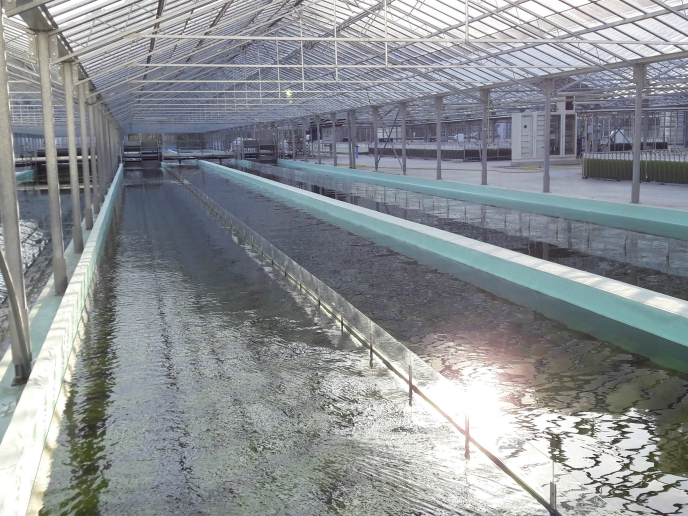Fungi-farming beetles
Farming insects are one of the most exciting examples of the success of symbiosis in nature. Ambrosia beetles are farming insects that grow fungus as a food source. It remains unknown how beetle farmers grow their cultivars and suppress pathogens, and what role bacteria play in the nitrogen budget of these insects. The EU-funded FARMING IN BEETLES (Mechanisms of fungiculture in ambrosia beetles) initiative set out to gain more knowledge on farming beetles. The research team endeavoured to learn more about the behavioural and chemical mechanisms of fungus farming by ambrosia beetles. Project researchers worked to find out if ambrosia beetles can actively influence the species community of their fungus gardens. From there, they studied how beetles defend their gardens against fungal pathogens and if they can fertilise their gardens. FARMING IN BEETLES found that the ambrosia beetle Xyleborinus saxesenii can control the fungus species community growing in their gardens. The team discovered hygienic behaviour in the beetles as they increased their grooming frequencies after the team introduced pathogenic fungus spores to the beetles. The project considered ethanol as a possible chemical that the beetles might produce to suppress the growth of pathogens. The team found that the beetles reproduce best in trees with high ethanol concentrations and that this suppresses the growth of pathogenic fungi. FARMING IN BEETLES conducted assays between larvae, pupae and adults, and found that the beetles spread specific microorganism symbionts to induce the fruiting of the fungi. This finding of a third microbial player in the beetle-fungus mutualism is a breakthrough, and the research team continues to characterise the chemical compounds being produced. Finally, the researchers tested whether ambrosia beetles use nitrogen-fixing bacteria to fertilise their crops. They found that several strains of ambrosia beetles may have nitrogen-fixing abilities. These results will go a long way in shedding light on the importance of symbiotic associations in maintaining the evolution of sociality in ambrosia beetles. These findings could completely change how we see these systems and will open entirely new avenues of research.
Keywords
Fungi, ambrosia beetles, FARMING IN BEETLES, fungiculture, nitrogen-fixing







